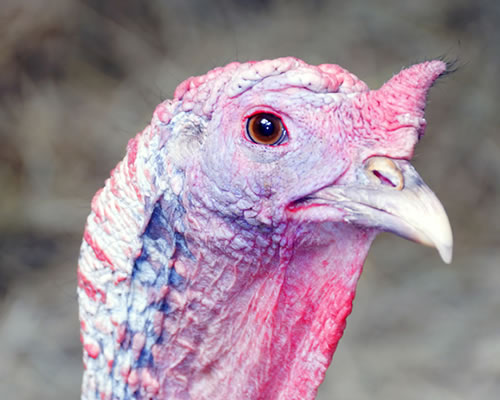Did you know that the wild turkey is only one of two domesticated birds that are native to America? Or that they can fly up to 55 miles per hour? Or that they can produce more than 20 unique vocal sounds in order to communicate?
Origin
Turkeys are native to the Americas and were first domesticated by Native Americans starting at around 800 BC for the use of their feathers in ceremonies or to make blankets and robes.
European explorers brought home wild turkeys from Mexico in the early 1500s.
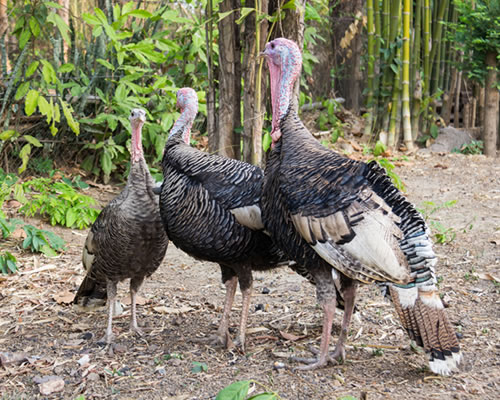 And fossils of turkeys have been discovered that date back more than 5 million years.
And fossils of turkeys have been discovered that date back more than 5 million years.
Natural Needs, Tendencies and Preferences
Wild turkeys live in open forests in 49 U.S. states, and parts of Mexico and Canada.
Turkeys form groups comprised of several hens and their chicks — with some groups exceeding a total of 200 turkeys. They form strong social bonds and show affection toward one another.
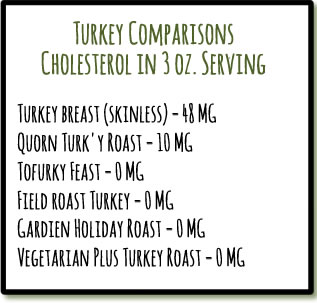 Wild turkeys eat plants located on the ground and sometimes will climb into shrubs and trees for fruit and berries. They will forage for acorns and other nuts including beech nuts, hickory nuts, pecans, and various seeds. They’ll also consume evergreen ferns, fern fronds, hemlock buds and plant bulbs. Occasionally, they will also eat snails, beetles and other insects.
Wild turkeys eat plants located on the ground and sometimes will climb into shrubs and trees for fruit and berries. They will forage for acorns and other nuts including beech nuts, hickory nuts, pecans, and various seeds. They’ll also consume evergreen ferns, fern fronds, hemlock buds and plant bulbs. Occasionally, they will also eat snails, beetles and other insects.
Baby chicks remain with their mother for a few days until they learn how to find food on their own. The mother will raise her chicks and fiercely protect them from danger for approximately five months.
Wild turkeys usually walk but will fly if threatened — they can fly 55 miles an hour and run 18 miles an hour. They prefer to nest at night in the lower limbs of trees and move up from there to higher roosting spots. Wild turkeys enjoy foraging, taking dust baths, building nests and raising their young.
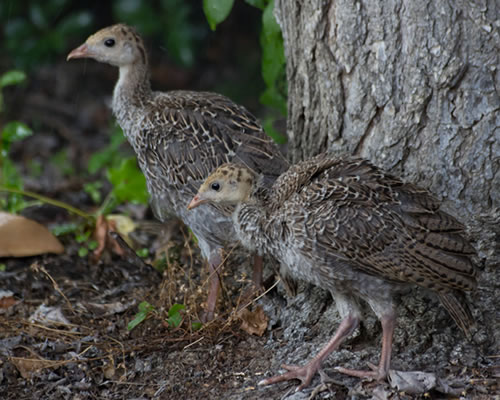 In the wild — if left alone by predators — turkeys can live anywhere from ten to 15 years.
In the wild — if left alone by predators — turkeys can live anywhere from ten to 15 years.
Turkeys are extremely intelligent and playful — each possesses a unique personality. They can recognize one another by voice — and generate more than 20 unique vocalizations to communicate with each other. Turkeys are very curious and enjoy exploring new areas. They are also very affectionate toward one another and even toward humans and other birds and animals.
What’s Changed — A Turkey’s Life Today
Just like chickens raised for meat, factory farms breed turkeys to grow abnormally large. Thanks to selective breeding and growth-promoting drugs, a factory farm can raise a 35-pound turkey in just over four months. Consequently, this abnormally fast growth cycle creates a number of chronic health problems for turkeys such as heart disease and painful leg disorders. Needless to say, turkeys bred on factory farms cannot fly due to their excessive weight.
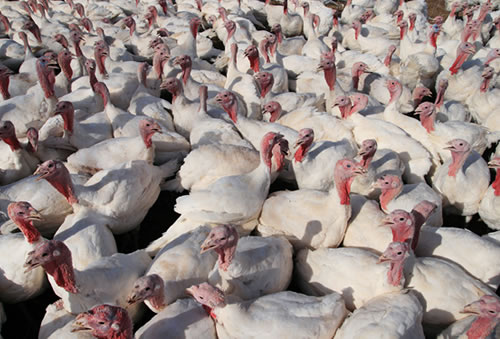
Turkeys are crammed into large production facilities with poor ventilation that can house up to 25,000 birds in one building — giving each one only a couple of square feet of space. This overcrowding causes them to injure one another. And because of this reality, turkey producers will remove portions of the turkey’s beaks and toes at a young age (without anesthesia or pain killers). Humans artificially inseminate all turkeys produced in factory farms for human consumption; their unnatural weight and mobility challenges prevent them from procreating naturally.

Cause and Effect
So not only does the mass production of turkeys take an enormous toll on the environment, it also creates harm to humans in the form of the development of antibiotic resistance, food-borne illnesses and diseases, infections, and high levels of cholesterol which can lead to heart disease.
What Happens Next
With knowledge comes changes in habits and behaviors. And if humans can just try to switch from turkey meat to other forms of plant-based protein, this will have a big positive impact on the planet, our health, and the well-being of these sensitive and intelligent beings: turkeys.
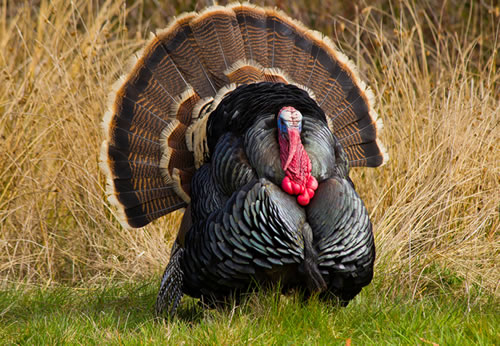 Gory Details / Other Articles
Gory Details / Other Articles
http://www.peta.org/issues/animals-used-for-food/animals-used-food-factsheets/turkeys-factory-farmed-torture-holiday-table//
http://www.farmsanctuary.org/learn/factory-farming/turkeys-used-for-meat/
Sources for this Article
Turkey (bird); http://en.wikipedia.org
Turkey Production on Factory Farms; Farm Sanctuary
Wild Turkey; http://www.allaboutbirds.org
Under the Feathers: The Curiosity, Intelligence and Personality of Turkeys; http://cok.net

